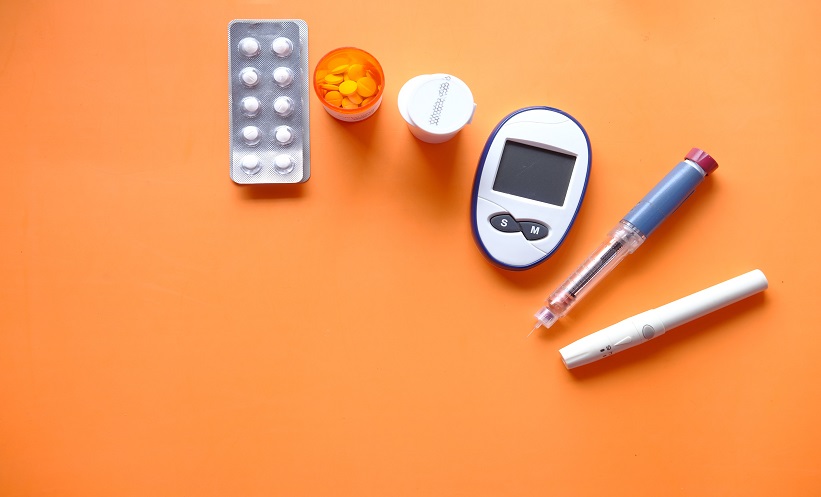NEW data presented at the World Congress on Insulin Resistance, Diabetes & Cardiovascular Disease (WCIRDC) showed that treatment of Type 1 diabetes (T1D) should be tailored to the heterogeneity of disease physiology. Less than 30% of patients with T1D meet the recommended HbA1c target, and many are overweight. Furthermore, patients from socially marginalised populations do not have access to the technology that can help reach those targets.
Michelle Van Name, Assistant Professor of Pediatrics in Endocrinology and Diabetes at Yale University School of Medicine, New Haven, Connecticut, USA, stated that clinicians need to consider glycaemic targets, including recommended glucose range and time spent below or belove that range, weight reduction, and equitable access to medications and technology that minimise complications. Contrary to the available treatments for Type 2 diabetes, there are currently only two medications approved in the USA for T1D: insulin and pramlintide. Van Name stated that some clinicians have an insulin-centric view of the disease, which, besides the lack of insulin, also causes excess of glucagon. Pramlintide can help lower glucagon as well as glucose levels when taken with insulin before a meal. It has also been shown to reduce HbA1c and improve weight loss.
Further, some treatments approved for Type 2 diabetes could be useful in T1D, including agents that mitigate postprandial hyperglycaemia. Glucagon-like peptide 1 receptor agonists could help with lowering the insulin dose, and improving HbA1c and body weight. Sodium-glucose co-transporter-2 inhibitors could improve HbA1c in patients with T1D; however, this treatment has not been approved for them due to concerns about diabetic ketoacidosis. TPP399 has also been shown to reduce HbA1c without increasing the risk of hypoglycaemia. Finally, emergency glucagon treatments have improved and can be used to treat severe hypoglycaemia.
Van Name stated that more strategies need to be developed to target glycaemic excursions, hypoglycaemia, glycaemia, and insulin doses tailored to the preference of the patient and the heterogenous physiology of the disease. Van Name stated: “We also need further development of continuous ketone meters to enhance safety of adjunctive agents that lower insulin dosing. That has been one of the major problems with moving these drugs forward — the risk for ketosis and DKA [diabetic ketoacidosis]. Once we have that on the market, that can help us advance these agents.”







